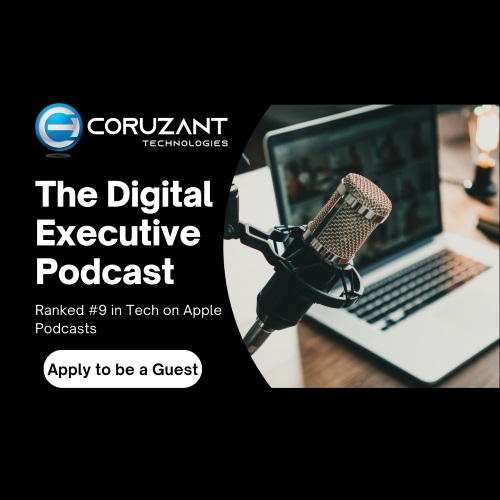In the fast-paced world of startup development, creating a Minimum Viable Product (MVP) efficiently and effectively is crucial. Integrating artificial intelligence (AI) into your MVP can significantly enhance its functionality, user experience, and market viability.
This article will share experiences and tips for implementing AI in MVP development, helping you navigate the challenges and leverage the opportunities AI offers.
Table of Contents
Defining AI in MVP Development
AI can transform MVP development by providing smarter, data-driven features that enhance user experience. Here’s a table summarizing the benefits of incorporating AI in MVP development:
| Benefits of AI in MVP | Description |
|---|---|
| Enhanced User Experience | AI can personalize user interactions, making them more relevant and engaging. |
| Data-Driven Insights | AI algorithms analyze user data to provide actionable insights for continuous improvement. |
| Automation | AI can automate repetitive tasks, increasing efficiency and reducing costs. |
| Competitive Edge | Innovative AI features can differentiate your product in the market. |
Identifying the Right AI Use Cases
Before diving into AI integration, it’s essential to identify the right use cases for your MVP. Consider the following steps:
- Understand User Needs: Identify pain points and areas where AI can add value.
- Evaluate AI Technologies: Explore different AI technologies like machine learning, natural language processing, and computer vision to find the best fit for your AI in MVP.
- Assess Feasibility: Ensure that the chosen AI solution is technically feasible and aligns with your project goals.
Building the AI-Powered MVP
Choosing the Right Tools and Technologies
Selecting the right tools and technologies is crucial for successful AI implementation. Here are some popular AI tools:
| Tool/Technology | Description |
|---|---|
| TensorFlow | An open-source platform for machine learning. |
| PyTorch | A deep learning framework for building AI models. |
| OpenAI API | Provides pre-trained AI models for various applications. |
| IBM Watson | Offers AI solutions for natural language processing, visual recognition, and more. |
Collaborating with Experts
AI implementation often requires specialized knowledge. Collaborate with AI experts or consider partnering with an experienced MVPDevelopmentTeam to ensure smooth integration. Here are some tips:
- Hire AI Specialists: Bring on board data scientists and machine learning engineers.
- Training and Upskilling: Invest in training your existing team to understand AI concepts.
- Consult External Experts: Leverage external consultants for niche expertise.
Designing AI Algorithms
Data Collection and Preparation
Data is the backbone of AI. Follow these steps for effective data collection and preparation:
- Data Gathering: Collect relevant data from diverse sources.
- Data Cleaning: Remove inconsistencies and ensure data quality.
- Data Annotation: Label data accurately for supervised learning.
Model Selection and Training
Choosing the right model is crucial for AI in MVP success. Here’s a list of model selection tips:
- Understand the Problem Domain: Different problems require different models (e.g., classification vs. regression).
- Evaluate Performance Metrics: Use metrics like accuracy, precision, and recall to select the best model.
- Iterative Training: Train models iteratively and fine-tune them for optimal performance.
Integrating AI with Your MVP
Frontend Integration
Integrating AI with the frontend involves creating a seamless user experience. Tips for frontend integration include:
- Intuitive Design: Ensure AI features are user-friendly and intuitive.
- Real-Time Feedback: Provide real-time feedback and interactions.
- Continuous Learning: Allow the AI to learn and improve from user interactions.
Backend Integration
Backend integration focuses on ensuring that the AI algorithms function efficiently and reliably. Consider the following:
- Scalability: Design the system to handle increased data and user load.
- API Development: Develop APIs to connect AI models with your application.
- Security: Implement robust security measures to protect user data.
Testing and Validation
Functional Testing
Ensure that AI features work as intended through rigorous functional testing:
- Unit Testing: Test individual components and algorithms.
- Integration Testing: Verify that AI components integrate seamlessly with the overall system.
- User Acceptance Testing (UAT): Gather user feedback to refine AI features.
Performance Testing
Evaluate the performance of AI algorithms to ensure they meet the desired standards:
| Performance Metric | Description |
|---|---|
| Accuracy | Measure the correctness of AI predictions. |
| Latency | Assess the response time of AI features. |
| Scalability | Ensure the system can handle growing data and user base. |
Launching and Monitoring
Soft Launch
Start with a soft launch to gather real-world data and feedback. Tips for a successful soft launch:
- Limited Release: Release the MVP to a small group of users.
- Collect Feedback: Gather user feedback and iterate on the AI features.
- Monitor Performance: Track AI performance metrics and make necessary adjustments.
Continuous Improvement
AI requires continuous monitoring and improvement. Establish a feedback loop for ongoing enhancement:
- User Feedback: Regularly collect and analyze user feedback.
- Performance Monitoring: Continuously monitor AI performance metrics.
- Iterative Updates: Implement iterative updates based on insights.
Conclusion
Integrating AI into your MVP can significantly enhance its value and user experience. By carefully selecting use cases, collaborating with experts, and continuously improving based on feedback, you can leverage AI to create a successful MVP. Remember, the key is to start small, iterate quickly, and always keep the user at the center of your development process.
By following these guidelines, you can successfully implement AI in your MVP, delivering innovative and valuable solutions to your users.
FAQs
The primary benefits include enhanced user experience, data-driven insights, automation of tasks, and gaining a competitive edge in the market.
Understand user needs, evaluate different AI technologies, and assess their feasibility to find the best fit for your project.
Popular AI tools include TensorFlow, PyTorch, OpenAI API, and IBM Watson.
Data is crucial for AI implementation. Proper data collection, cleaning, and annotation are essential for training an effective AI model.











